Introduction
In today's rapidly evolving technological landscape, efficient cloud operations, or CloudOps, have become a cornerstone for organizations seeking to optimize their cloud environments. This article delves into the critical components, benefits, best practices, and advanced strategies involved in CloudOps. From orchestration and automation to monitoring and security, each element plays a vital role in ensuring seamless and secure cloud operations.
The discussion extends to the strategic advantages of implementing CloudOps, showcasing how enhanced operational efficiency and cost savings can be achieved. Furthermore, the article highlights best practices for maximizing effectiveness, including the importance of continuous integration and collaboration. Security and cost management are explored in depth, emphasizing the need for robust protocols and vigilant expenditure monitoring.
The integration of AI and machine learning is also examined, revealing how these technologies can revolutionize IT management through predictive analytics and automation. Lastly, the complexities of multi-cloud and hybrid cloud strategies are addressed, providing insights into effective management practices that ensure operational efficiency and innovation.
Key Components of CloudOps
CloudOps includes several essential elements that guarantee effective operations in the digital environment. These include orchestration, automation, monitoring, and security.
Orchestration enables the coordination of various online services, allowing for streamlined workflows. For example, overseeing the complexities of a multi-platform environment, as outlined in the research paper on MLOps by Boyang Yan, highlights the significance of a strong orchestration system to facilitate secure data collection, real-time model inference, and effective lifecycle oversight across various computing platforms.
Automation minimizes manual intervention, thus enhancing speed and reducing the potential for human error. This is particularly relevant in the context of AIOps, where automated processes gather and consolidate operational information, such as metrics and logs, into a big data platform. This shift from reactive to proactive management significantly reduces the risk of performance degradation and costly tool sprawl.
Monitoring provides real-time insights into system performance and resource utilization, enabling proactive issue resolution. With tools and operations designed to provide self-service capabilities, application teams are enabled to run effectively in the digital environment, ensuring high availability and scalability.
Lastly, protection is paramount, ensuring that all data and applications are safeguarded against breaches and vulnerabilities. As digital environments grow increasingly complex and hybrid, the need for robust security measures is more critical than ever. The statistics highlight that managing spending on virtual infrastructure remains the top challenge, emphasizing the importance of efficient and secure operations to maximize investment value.
Benefits of Implementing CloudOps
Implementing CloudOps offers a multitude of strategic benefits such as enhanced operational efficiency, significant cost savings, and robust scalability. By automating routine tasks, organizations can optimize resource allocation, allowing them to focus more on strategic initiatives. This approach not only supports rapid scaling to meet fluctuating demands but also ensures that businesses can adjust quickly to market conditions, eliminating uncertainties associated with varying pricing structures across data centers.
Moreover, the integration of advanced monitoring and self-service tools empowers application teams to operate more effectively, enhancing decision-making processes. This capability, which includes platform engineering, pipeline builds, and capacity management, equips developers with the necessary training and best practices to migrate workloads efficiently to a remote infrastructure. 'According to a recent report, 90 percent of IT leaders depend on service provider assistance for successful migrations to the network, highlighting the importance of expert guidance in this area.'.
A case study involving a prominent cloud provider illustrates these advantages vividly. Through a partnership with Insight, the company scaled its services to a global customer base, achieving unparalleled agility and cost savings. This transformation allowed the company to shift its focus from hardware management to understanding and meeting its customers' unique consumption needs, thereby enhancing customer satisfaction and operational performance.
In the evolving digital services market, it is crucial for organizations to adopt a flexible approach to service delivery. Such an approach not only simplifies operations but also guarantees consistent expenses. As Joe Cumello, Senior Vice President and General Manager at Blue Planet, stated, 'We are pioneering a new level of convergence that embraces digital infrastructure and transforms the OSS to be a competitive differentiator, reducing operational costs and allowing for rapid creation of new business models.' This strategic alignment ultimately leads to optimized performance and a superior customer experience.
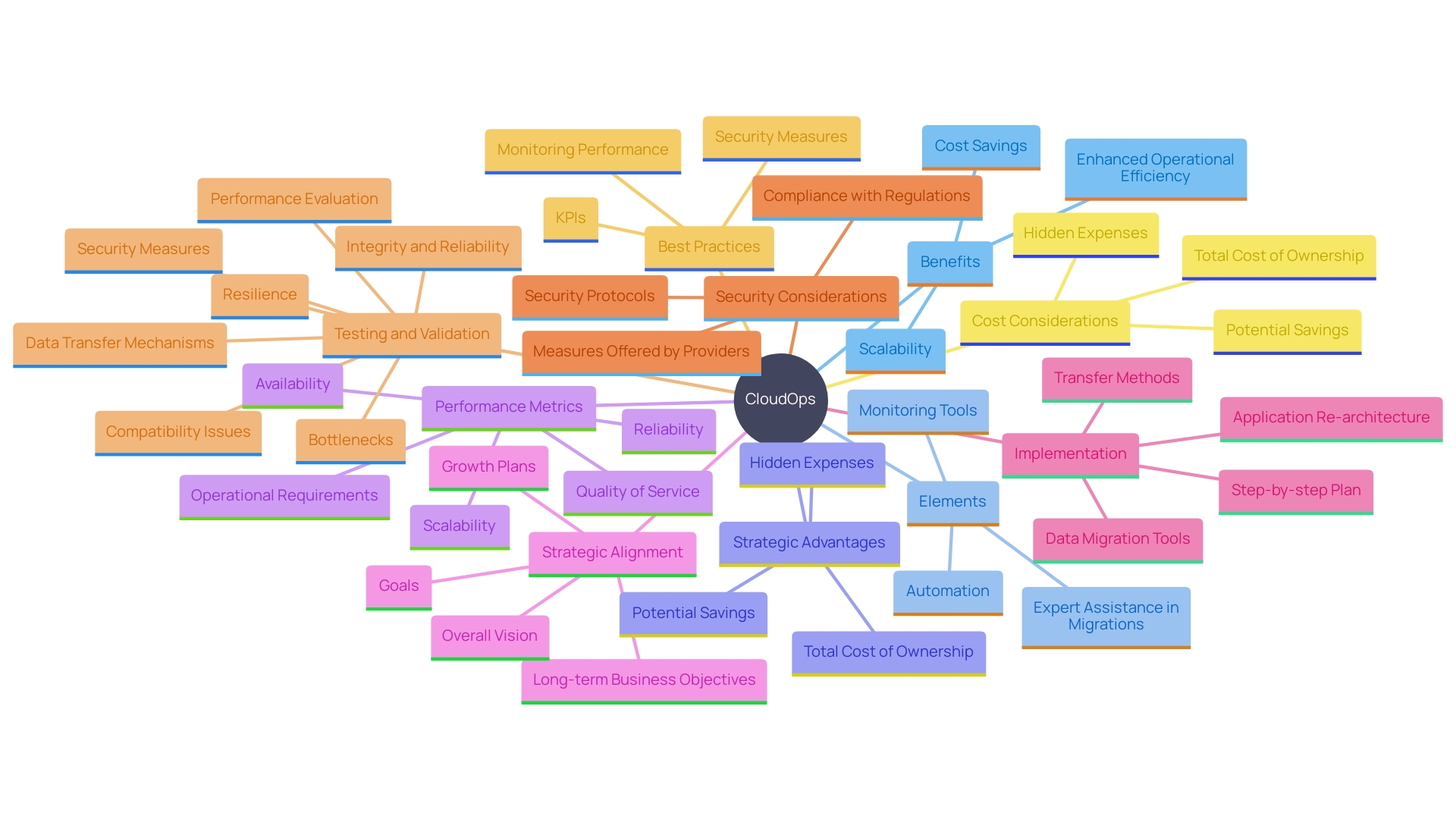
Best Practices for CloudOps
Adopting best practices in CloudOps is essential for maximizing operational effectiveness. Organizations should prioritize automation and continuous integration to streamline deployment processes. Utilizing Infrastructure as Code (IAC) tools like the AWS Cloud Development Kit (AWS CDK) can significantly enhance resource management and efficiency. Creating a clear governance structure will assist in managing compliance and safety issues, ensuring a transparent and traceable transition. Frequent assessment and enhancement of resource distribution guarantees financial efficiency, an essential element as IT leaders manage increasing cloud expenses and inflationary challenges.
Moreover, fostering a culture of collaboration among development and operations teams can lead to more innovative solutions and quicker turnaround times. This collaborative approach is key to maintaining agility and reliability, as highlighted by the success stories of companies like Delivery Hero, which saved 200 hours per month through effective automation strategies. Focusing on user-centric development during the CI/CD process not only boosts productivity but also curbs burnout, leading to a more satisfied workforce. As the technology landscape evolves, embracing these comprehensive CloudOps practices will pave the way for continuous innovation and operational excellence.
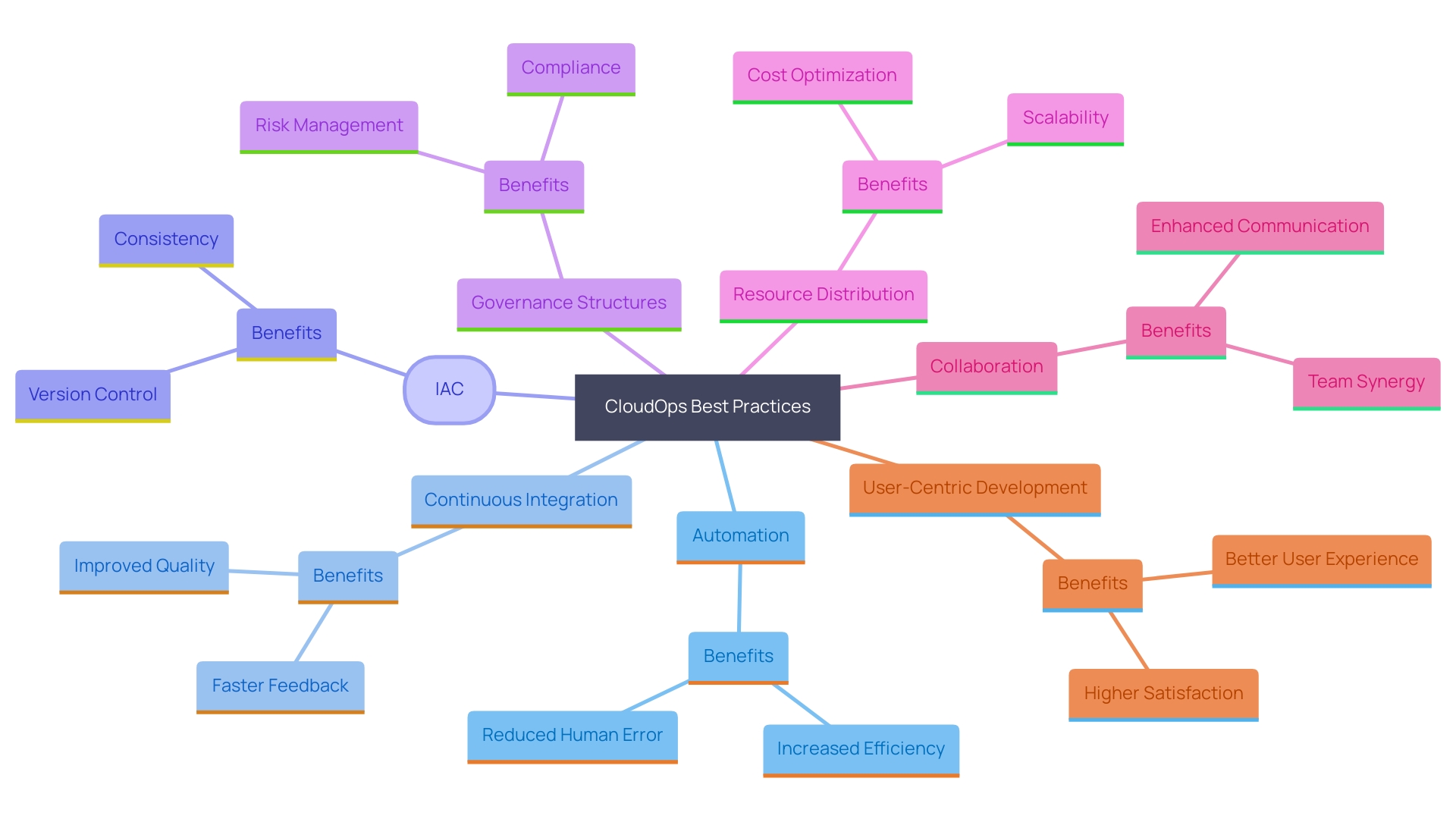
Security and Cost Management
Efficient protection and expense oversight are essential in CloudOps. Adopting a Secure by Design mindset, organizations can incorporate protection from the outset, balancing agility and cost optimization. A crucial element is the execution of strong protective protocols, such as identity and access management (IAM) and encryption, to safeguard sensitive data. Regular audits, leveraging policies like Security Audit and Read Only Access, are crucial to maintaining safety standards and ensuring compliance.
Organizations must continuously monitor and assess compliance policies, adopting real-time threat detection to identify and mitigate potential risks promptly. As highlighted by Paul Vixie, Ph.D., Deputy CISO at AWS, proactively incorporating security into development lifecycles can significantly reduce vulnerability impacts.
In terms of financial oversight, employing analytical instruments to track spending on online services is essential. This approach helps in identifying underutilized resources, enabling more informed budgeting and resource allocation. Given the rising costs driven by AI adoption and digital modernization efforts, as reported by industry experts, continual vigilance in cost management is essential to maintain financial and operational efficiency.
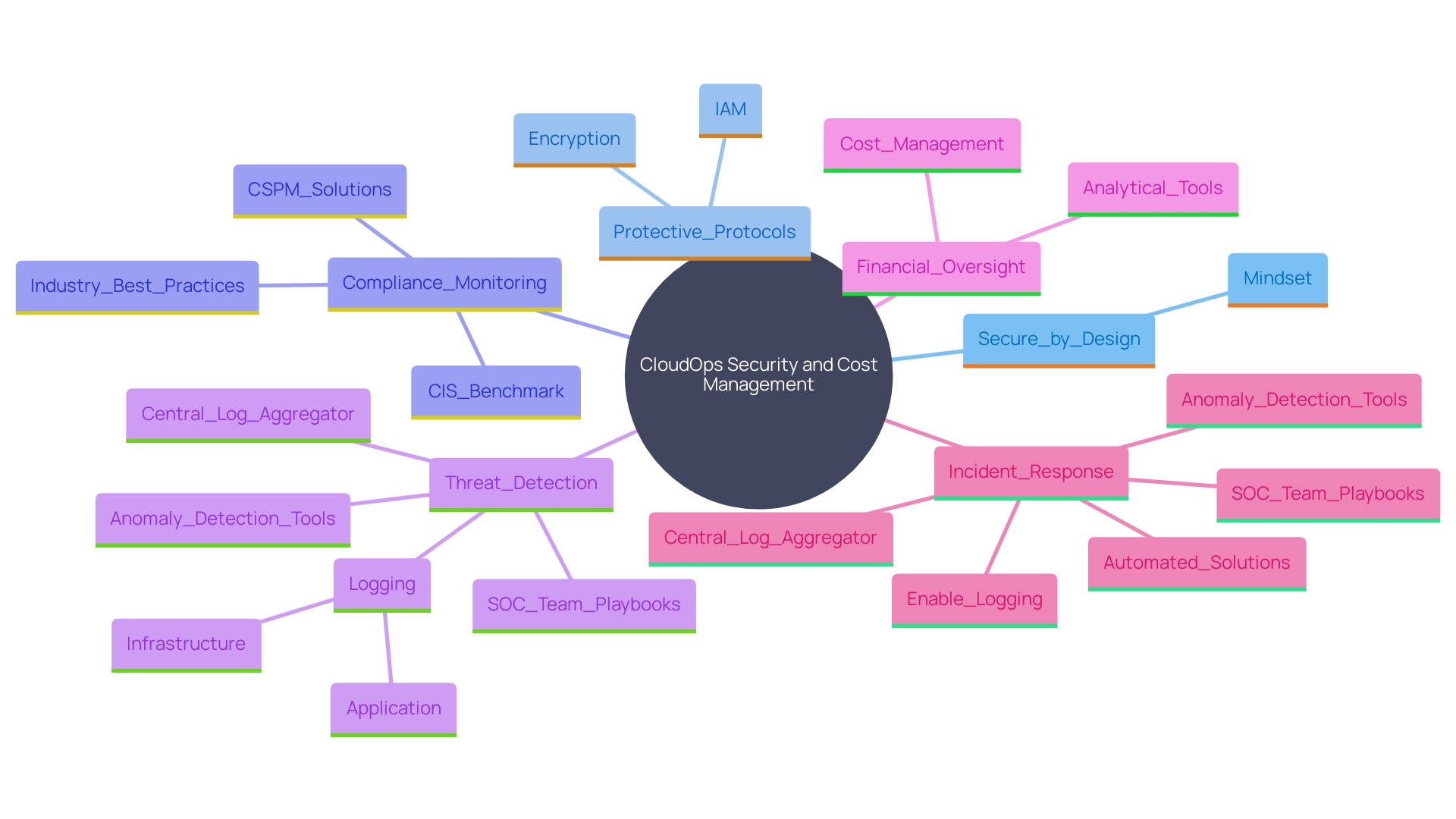
Monitoring and Troubleshooting
Sustaining optimal performance in the network relies on thorough monitoring and troubleshooting strategies. Effective monitoring solutions, equipped with real-time alerts and insights, are crucial for identifying potential issues before they escalate. By continuously observing and collecting data from components within the IT infrastructure, administrators gain invaluable insights into system performance, health, and usage. This proactive approach enables swift action to maintain service levels and prevent disruptions.
Clear incident response protocols are essential for swift resolution of problems. Metrics such as incident volume and uptime provide a benchmark for assessing the effectiveness of these protocols. Regular performance evaluations and root cause examinations further enhance the reliability and efficiency of online services. For instance, analyzing detailed breakdowns of response times can help pinpoint bottlenecks and optimize critical paths within applications.
The incorporation of online performance evaluation provides an appealing answer in comparison to conventional on-site testing. By simulating heavy loads, organizations can assess the performance of applications and infrastructure, ensuring they meet real-world demands. This method not only lowers expenses but also speeds up setup durations and removes the requirement for dedicated infrastructure.
As digital modernization initiatives prompt IT leaders to reassess expenses, a careful approach becomes essential. Shifting to native solutions can alleviate unforeseen expenses, partial data, and diminished performance, highlighting the significance of a strong framework for oversight.
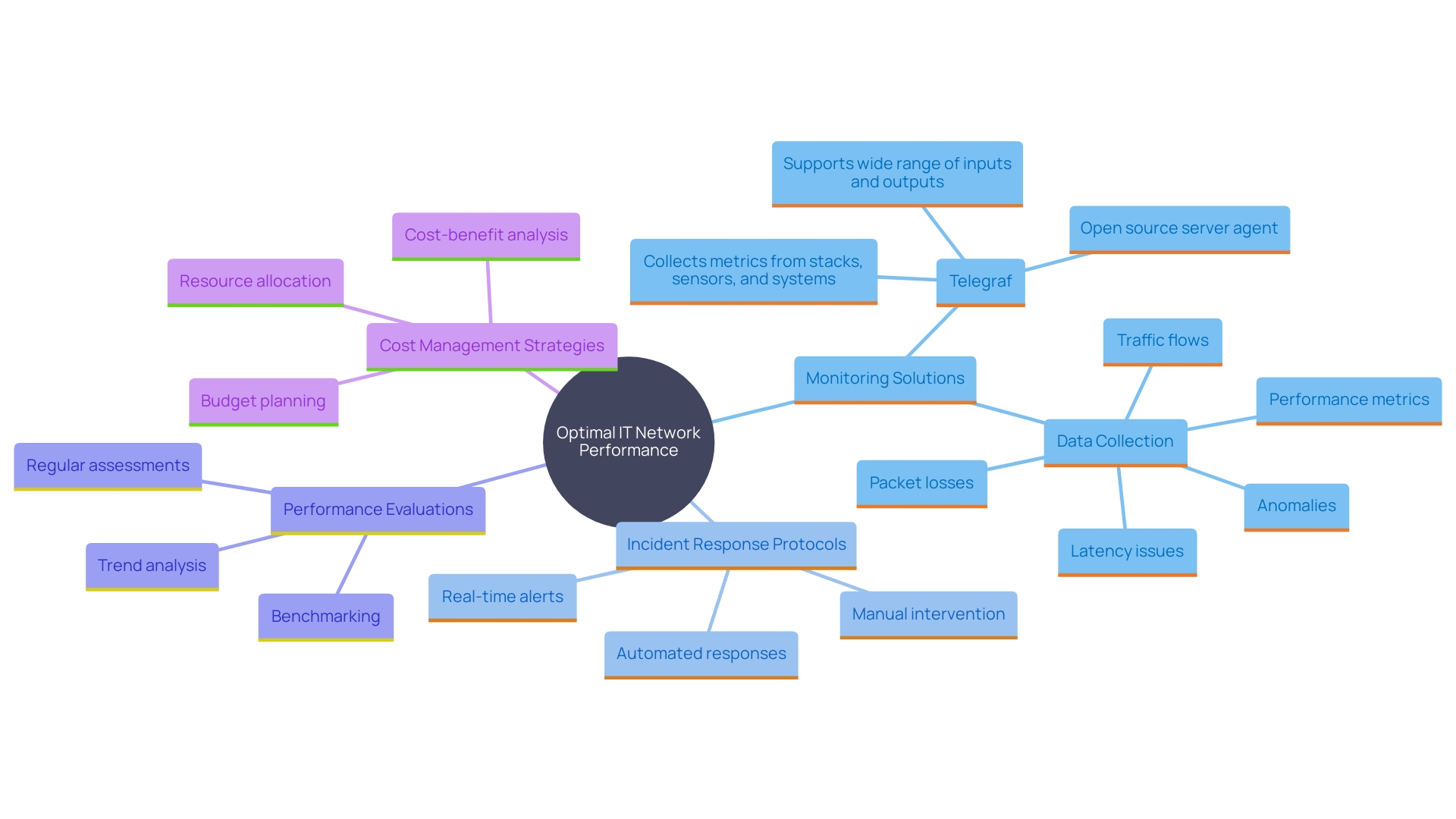
Leveraging AI and Machine Learning in CloudOps
The integration of AI and machine learning into CloudOps can significantly enhance operational capabilities, transforming how businesses manage their IT environments. These technologies enable predictive analytics, allowing organizations to forecast demand accurately and optimize resource allocation accordingly. For instance, Aviva, a leading insurance company, leverages machine learning across more than 70 use cases to streamline operations and improve efficiency. Previously, their data scientists spent over 50% of their time on operational tasks, but AI-driven automation has significantly reduced this burden.
AI-driven automation not only streamlines processes but also reduces the time required for deployments and updates. This is crucial in hybrid multicloud environments where the complexity and volume of data can be overwhelming. AIOps (Artificial Intelligence for IT Operations) platforms collect data from various sources, including monitoring tools, logs, metrics, and events, integrating it into a central repository. This consolidation provides a single source of truth for IT operations, enhancing visibility and performance.
Machine learning algorithms play a pivotal role in analyzing historical data to improve troubleshooting efforts. They identify patterns that lead to faster resolution of recurring issues, making the system more accurate and effective over time. As reported, AI is infiltrating most online environments at lightning speed, and organizations need to adopt careful standards and governance to use it successfully. The scalability of AIOps platforms ensures they can handle large volumes of data and adapt to changing infrastructure needs, providing a comprehensive solution for IT operations oversight.
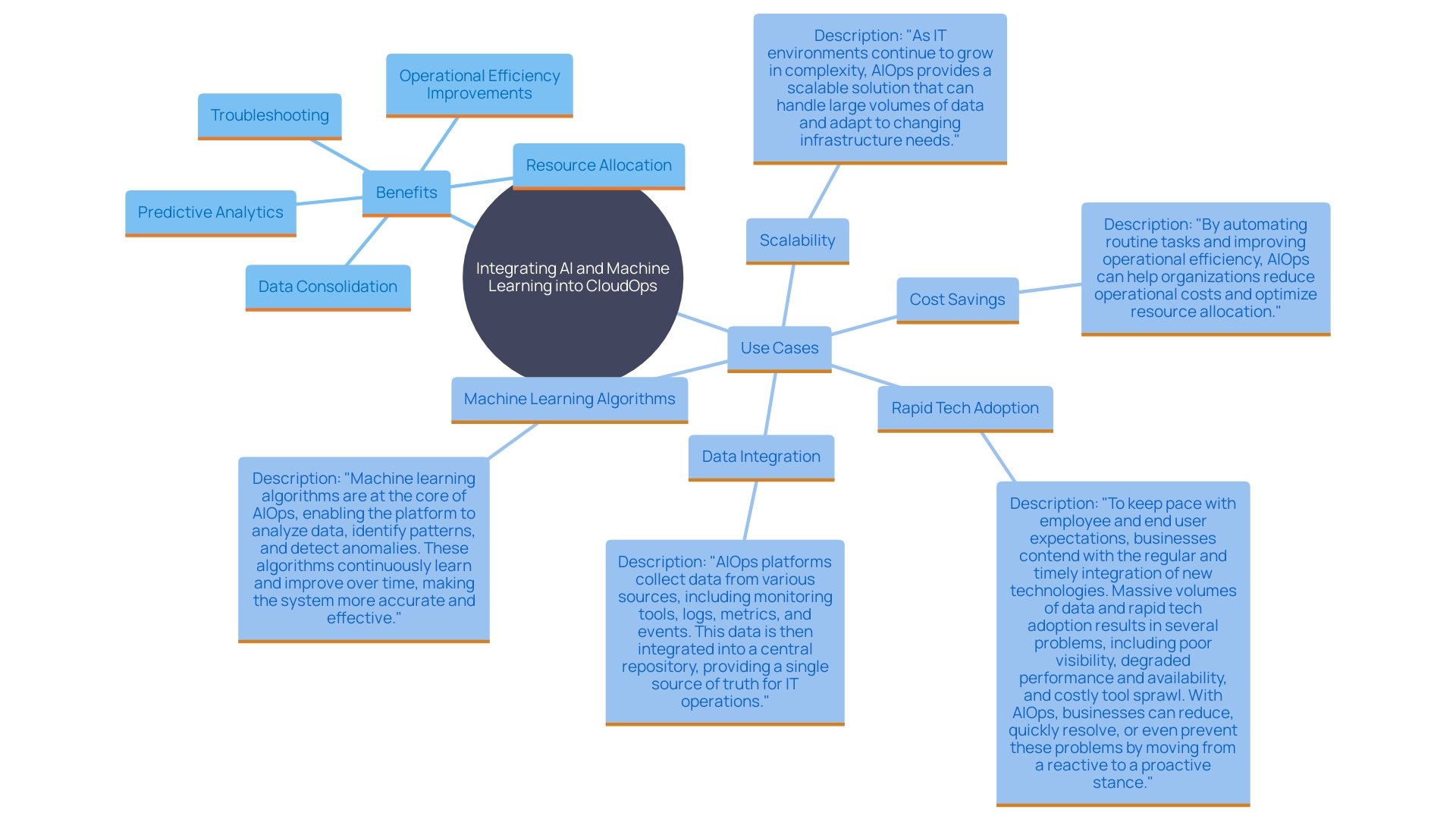
Multi-Cloud and Hybrid Cloud Considerations
As organizations increasingly adopt multi-cloud and hybrid cloud strategies, mastering the complexities involved is essential. With 78% of organizations now choosing these strategies, the need for strong oversight practices has never been more urgent. Effective management requires a unified approach that integrates diverse environments, ensuring seamless data flow and operational efficiency.
To address the challenges of service sprawl, where businesses lose track of their online services, organizations must first gain a comprehensive understanding of their multi-service landscape. Implementing centralized monitoring systems is crucial. These tools provide a comprehensive perspective of all online resources, allowing businesses to observe usage trends, oversee resource distribution, and recognize possible vulnerabilities in advance.
Furthermore, utilizing cloud-neutral network and protection tools, as demonstrated by successful companies, improves visibility and control over resources. Based on recent studies with 1,000 essential decision-makers, almost 85% of successful hybrid multi-environment enterprises have made efforts to synchronize the objectives and KPIs of their network and operational teams. This convergence into a unified operations center fosters better decision-making and operational efficiency.
Moreover, utilizing sophisticated online resource strategies propels business achievement by harmonizing technical and commercial goals, encouraging creativity, and sustaining a competitive advantage in a swiftly changing digital marketplace. The economic validation of using solutions like Infoblox, which unites networking and security, demonstrates significant performance and protection advantages, trusted by Fortune 100 companies and emerging innovators alike.
In conclusion, a disciplined approach to cloud management, supported by centralized tools and unified operations, is paramount for organizations to thrive in the complex world of multi-cloud and hybrid cloud environments.
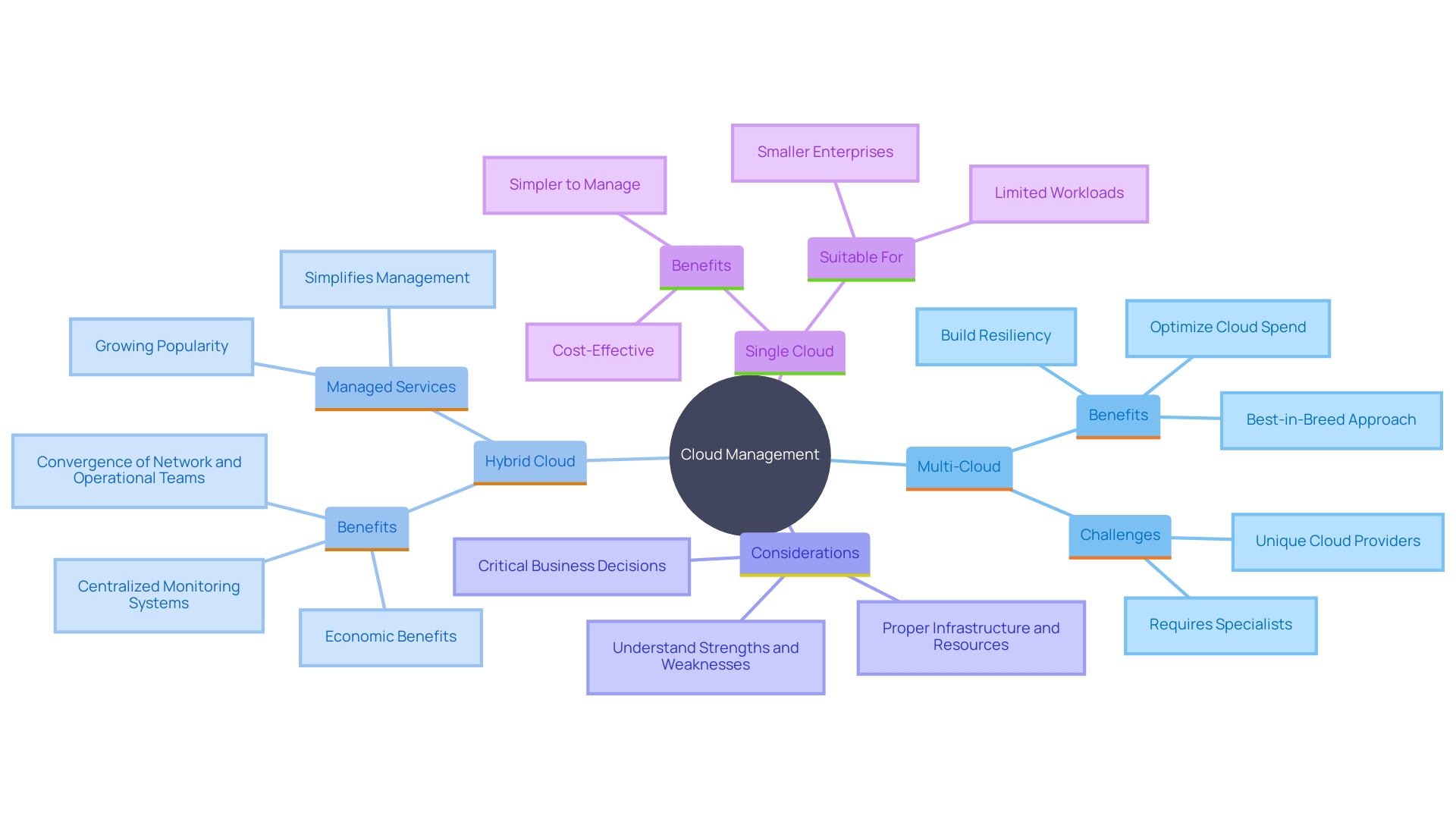
Conclusion
The exploration of CloudOps highlights its critical importance in enhancing organizational efficiency through key components such as orchestration, automation, monitoring, and security. These elements work together to streamline workflows and address the complexities associated with multi-cloud and hybrid environments.
The implementation of CloudOps yields significant benefits, including improved operational efficiency and cost savings. By automating routine tasks and utilizing advanced monitoring tools, organizations can respond swiftly to market demands, thereby enhancing customer satisfaction. Strategic partnerships and expert guidance are essential for successful cloud migrations, reinforcing the need for adaptable service delivery.
Best practices in CloudOps are vital for maximizing effectiveness. Fostering collaboration between development and operations teams through automation and continuous integration drives productivity and employee satisfaction. Additionally, effective security and cost management are crucial, as organizations adopt a Secure by Design mindset and leverage analytics for expenditure monitoring.
The integration of AI and machine learning further enhances CloudOps capabilities, enabling predictive analytics and improving resource allocation and troubleshooting. This technological advancement ensures that organizations remain competitive in a rapidly changing landscape.
In summary, a unified approach to cloud management is essential for navigating the complexities of multi-cloud and hybrid strategies. By implementing centralized monitoring systems and encouraging collaboration, organizations can achieve greater operational efficiency and innovation, positioning themselves effectively for future challenges.




